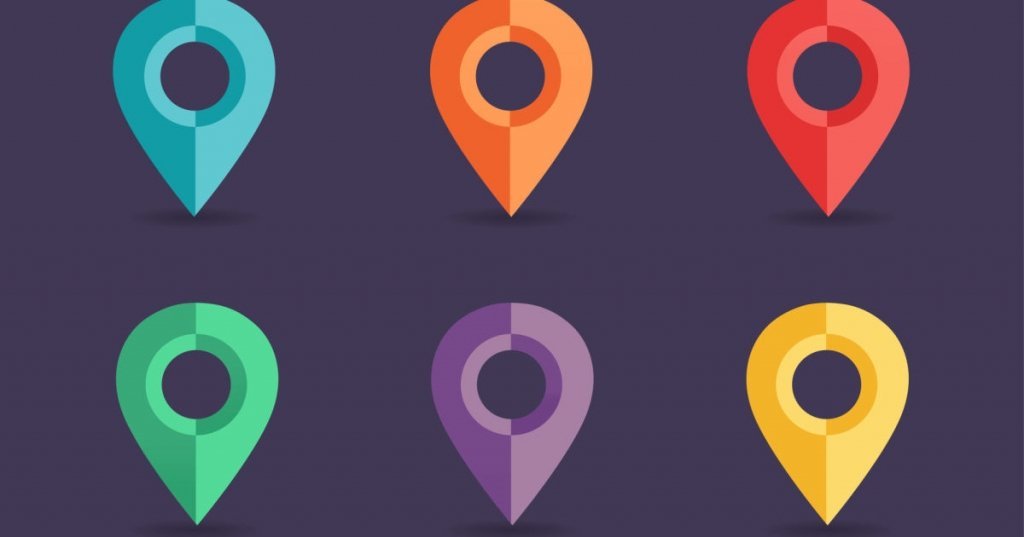The Instagram Account Sharing The Historical Women’s Hair Style

People’s behavior and ideas have changed countless times over the thousands of years, but the tendency of people to express themselves with their hair models has never changed.
In the Instagram, the thehairhistorian user account is about history of women expressing themselves with their hair style and regularly sharing new content on this topic
Thehairhistorian, who currently has more than 6,000 followers, uses different styles of portraits to tell the story of women’s hair models.
The account is run by Rachel Gibson, a journalist in London. Gibson began to be interested in women’s hair styles and stories that lie behind the scenes while working in the 130-year magazine Hairdressers, which has a gigantic archetype in the history of hairdressing.
Gibson says she likes to look at things that belong to the old, so she opened an account at Instagram to share the wonderful images of beautiful hair with the world. Gibson has a wonderful historical hairstyle photo archive and shares with her followers the richness of the inspiration presented in this collection.
Gibson has been influenced by women’s close relationships with their hair for centuries. One of the things that he finds most fascinating is that people always care about their hair and use their hair to express themselves. The visuals shared by Gibson‘s collection clearly show that trends in hair styling are not specific to the 20th and 21st centuries.
Hair models shared by Gibson‘s Instagram account give information about what happened in the world over the years when portraits were made. For example, in the early 20th century, changes in women’s rights began to be reflected in their hair styles.
You can choose hair and other niche topics for your account subject
The images of historic hair styles shared on the Instagram account inspire modern-day women. This account, which shares historical hair models, can be followed if interested. In addition, the niche issue that this account deals with can inspire you to open an account on a similar subject. Accounts that choose a specific topic and share it on a regular basis are always attracting more attention. Of course, it’s always important to be the first to do a thing.




